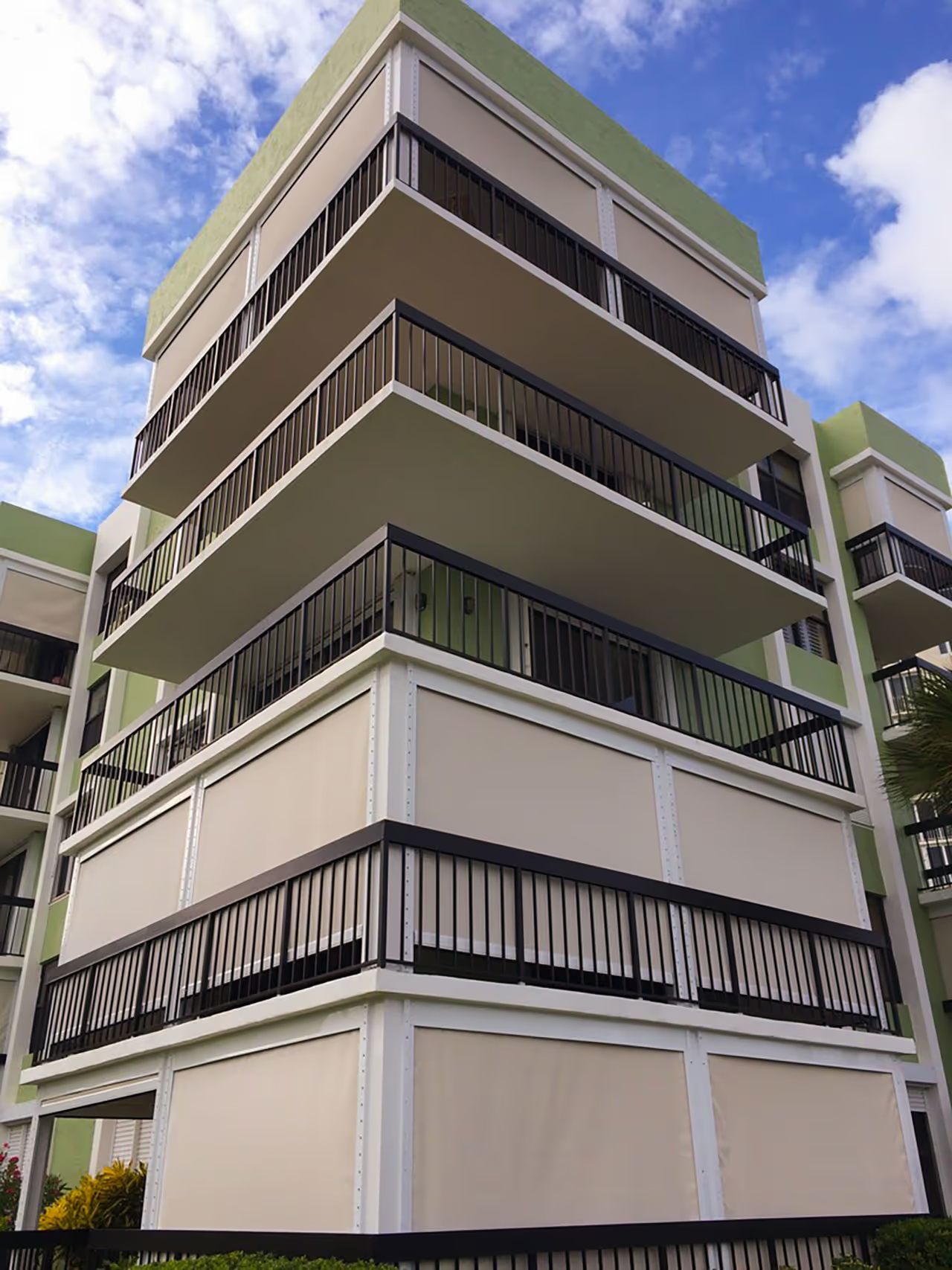Gables & Roof Tie Downs
RollShield: Protecting What Can’t Be Seen: Making the Difference
It's obvious, shutters can be seen, so they are the first things most people think of when protecting their home against high winds. But shuttering windows is only one of the recommended activities. It’s what you can’t see that can make a big difference.
In Florida, when we think of hurricanes our primary concern is the wind damage caused by hurricanes.
By anchoring the walls to the foundation, the first floor to the second floor and the walls to the roof, you establish a connection of roof to foundation and your home can resist the various forces that exist when winds push on your roof and walls, and penetrate your home.
Types of Mitigation
Water Barriers – Provide a sealed roof deck preventing significant water intrusion if pieces of your roof coverings (shingles) are blown away. This also provides additional insulation to make your home more energy efficient.
Anchoring, Roof-to-Wall – Reinforce your foundation-to-wall, floor-floor (multistory homes) and wall-to-roof connections to establish a continuous load path. A continuous load path allows your home to resist high-wind forces as a unit. Weak links in a load path are generally where damage occurs.
Gable Ends – Gables that are taller than 4 feet will benefit from reinforcing the framing and bracing the top and bottom of the gable. Generally, a licensed professional engineer is best to design a gable end bracing system appropriate for your specific location and home construction.
Window Openings – There are many options for window openings. Shatterproof glass windows are expensive, but eliminate the need to shutter before a storm. Clear, lightweight, cloth, electric and roll-down shutters exist to assist persons with varying disabilities.
Doorways – Doors, including garage doors, are best replaced with a hurricane-rated door. For existing garage doors additional bracing can be applied. Hurricane-rated garage doors are heavier and often in a storm power is lost, so electric openers won’t work.
Activities to strengthen roofs should focus on the following four areas:
- Improving the condition of the roof structure, especially bracing gable ends and reinforcing the connection between the trusses or rafters and the supporting wall.
- Making sure the roof deck sheathing is sound and nailed according to the appropriate standard for the Basic Wind Speed zone in which the home is located.
- Making sure the underlayment beneath the roof covering is sound, fastened appropriately, and can function as a secondary water barrier if the roof covering fails.
- Making sure the roof covering is appropriate for the Basic Wind Speed zone, is sound, and is appropriately fastened to the roof deck. An above-average season is forecast for the Atlantic basin this year. The National Oceanic and Atmospheric Administration, or NOAA, expects 13 to 20 named storms, of which seven to 11 could become hurricanes, with three to six of those being Category 3 or above with sustained winds in excess of 111 mph.
There's much you can do now so you won't get caught making last-minute preparations to get your home ready for hurricanes.

















